An unfinished tome reveals the late Stephen Hawking’s musings on life’s biggest mysteries

Brief Answers to the Big Questions
The death of cosmologist Stephen Hawking earlier this year happened to fall on the birthday of Albert Einstein. This felt like an appropriate coincidence, given the centrality of Einstein’s general theory of relativity in Hawking’s much-celebrated life as a scientist.
Einstein is mentioned in Hawking’s posthumously published book—Brief Answers to the Big Questions, which he left unfinished—far more frequently than any other scientist, past or present, including Isaac Newton, Hawking’s illustrious predecessor as Lucasian professor of mathematics at the University of Cambridge. Indeed, the concluding “big question” of the 10 explored in 10 chapters, “How do we shape the future?” begins with Einstein. “Where did his ingenious ideas come from?” asks Hawking. He answers, “A blend of qualities, perhaps: intuition, originality, brilliance. Einstein had the ability to look beyond the surface to reveal the underlying structure. He was undaunted by common sense, the idea that things must be the way they seemed. He had the courage to pursue ideas that seemed absurd to others. And this set him free to be ingenious, a genius of his time and every other.”
Was Hawking a genius, too? He never won a Nobel Prize, and the book gives no indication that Hawking regarded himself as a genius. On the other hand, he was one of the very few scientists since Einstein to become a household name. As his close collaborator, Nobel laureate Kip Thorne, remarked in his eulogy: “Newton gave us answers. Hawking gave us questions. And Hawking’s questions themselves keep on giving, generating breakthroughs decades later. When ultimately we master the quantum gravity laws, and comprehend fully the birth of our universe, it may largely be by standing on the shoulders of Hawking.”
Hawking was well known for two additional reasons unrelated to his mind-boggling cosmological theories. The first was his 1988 book, A Brief History of Time, an international bestseller that sought to explain the physics of time to the general reader without using mathematical equations. The second was his courageous struggle with motor neuron disease, which rendered him wheelchair-bound and dependent on a computer screen and speech synthesizer to communicate. “[A]s someone who at the age of twenty-one was told by their doctors that they had only five years to live, and who turned seventy-six in 2018, I am an expert on time in another sense, a much more personal one,” he writes. “I am uncomfortably, acutely aware of the passage of time, and have lived much of my life with a sense that the time that I have been granted is, as they say, borrowed.”
Some of Hawking’s “big questions” and answers are firmly rooted in science—for example, “What is inside a black hole?” and “Is time travel possible?”—whereas others inherently cannot be, such as “Will we survive on Earth?” “Should we colonise space?” “Will artificial intelligence outsmart us?” and “Is there a God?” To the last question, he answers, “If you like, you can call the laws of science ‘God,’ but it wouldn’t be a personal God that you would meet and put questions to. Although, if there were such a God, I would like to ask however did he think of anything as complicated as M-theory in eleven dimensions.”
Certain of Hawking’s assertions may be considered questionable and at times myopic. As an ardent advocate of space travel, he believes, “Not to leave planet Earth would be like castaways on a desert island not trying to escape.” Indeed, he goes much further and claims that space colonization is the only hope for the survival of the human race after the “almost inevitable” destruction of Earth, which he predicts will happen within the next 1000 years.
Regarding artificial intelligence (AI), he anticipates, “AI may automate our jobs, to bring both great prosperity and equality” in the medium term. Looking further ahead, he writes, “the future of communication is brain–computer interfaces. … If we can connect a human brain to the internet it will have all of Wikipedia as its resource.” Perhaps it is not surprising that someone who was intimately dependent on information technology should have held such an opinion about its future. Although Hawking acknowledges potential negative scenarios, referring to HAL, the highly intelligent computer in the film 2001: A Space Odyssey that unsuccessfully attempts to destroy its human masters, he remarks merely, “but that was fiction. We deal with fact.”
Nonetheless, the final testament of this unique scientist is well worth reading. One cannot help but be moved by Hawking’s lifelong struggle to lead a creative life. “[R]emember to look up at the stars and not down at your feet,” he sums up.
About the author
The reviewer is the author of Einstein: A Hundred Years of Relativity (Princeton Univ. Press, 2015), and Genius: A Very Short Introduction (Oxford Univ. Press, 2011).
ゼロ除算の発見は日本です:
∞???
∞は定まった数ではない・
人工知能はゼロ除算ができるでしょうか:
とても興味深く読みました:2014年2月2日 4周年を超えました:
ゼロ除算の発見と重要性を指摘した:日本、再生核研究所
\documentclass[12pt]{article}
\usepackage{latexsym,amsmath,amssymb,amsfonts,amstext,amsthm}
\numberwithin{equation}{section}
\begin{document}
\title{\bf Announcement 409: Various Publication Projects on the Division by Zero\\
(2018.1.29.)}
\author{{\it Institute of Reproducing Kernels}\\
Kawauchi-cho, 5-1648-16,\\
Kiryu 376-0041, Japan\\
}
\date{\today}
\maketitle
The Institute of Reproducing Kernels is dealing with the theory of division by zero calculus and declares that the division by zero was discovered as $0/0=1/0=z/0=0$ in a natural sense on 2014.2.2. The result shows a new basic idea on the universe and space since Aristoteles (BC384 - BC322) and Euclid (BC 3 Century - ), and the division by zero is since Brahmagupta (598 - 668 ?).
In particular, Brahmagupta defined as $0/0=0$ in Brhmasphuasiddhnta (628), however, our world history stated that his definition $0/0=0$ is wrong over 1300 years, but, we showed that his definition is suitable.
For the details, see the references and the site: http://okmr.yamatoblog.net/
We wrote two global book manuscripts \cite{s18} with 154 pages and \cite{so18} with many figures for some general people. Their main points are:
\begin{itemize}
\item The division by zero and division by zero calculus are new elementary and fundamental mathematics in the undergraduate level.
\item They introduce a new space since Aristoteles (BC384 - BC322) and Euclid (BC 3 Century - ) with many exciting new phenomena and properties with general interest, not specialized and difficult topics. However, their properties are mysterious and very attractive.
\item The contents are very elementary, however very exciting with general interest.
\item The contents give great impacts to our basic ideas on the universe and human beings.
\end{itemize}
Meanwhile, the representations of the contents are very important and delicate with delicate feelings to the division by zero with a long and mysterious history. Therefore, we hope the representations of the division by zero as follows:
\begin{itemize}
\item
Various book publications by many native languages and with the author's idea and feelings.
\item
Some publications are like arts and some comic style books with pictures.
\item
Some T shirts design, some pictures, monument design may be considered.
\end{itemize}
The authors above may be expected to contribute to our culture, education, common communications and enjoyments.
\medskip
For the people having the interest on the above projects, we will send our book sources with many figure files.
\medskip
How will be our project introducing our new world since Euclid?
\medskip
Of course, as mathematicians we have to publish new books on
\medskip
Calculus, Differential Equations and Complex Analysis, at least and soon, in order to {\bf correct them} in some complete and beautiful ways.
\medskip
Our topics will be interested in over 1000 millions people over the world on the world history.
\bibliographystyle{plain}
\begin{thebibliography}{10}
\bibitem{kmsy}
M. Kuroda, H. Michiwaki, S. Saitoh, and M. Yamane,
New meanings of the division by zero and interpretations on $100/0=0$ and on $0/0=0$,
Int. J. Appl. Math. {\bf 27} (2014), no 2, pp. 191-198, DOI: 10.12732/ijam.v27i2.9.
\bibitem{ms16}
T. Matsuura and S. Saitoh,
Matrices and division by zero $z/0=0$,
Advances in Linear Algebra \& Matrix Theory, {\bf 6}(2016), 51-58
Published Online June 2016 in SciRes. http://www.scirp.org/journal/alamt
\\ http://dx.doi.org/10.4236/alamt.2016.62007.
\bibitem{ms18}
T. Matsuura and S. Saitoh,
Division by zero calculus and singular integrals. (Submitted for publication)
\bibitem{mms18}
T. Matsuura, H. Michiwaki and S. Saitoh,
$\log 0= \log \infty =0$ and applications. Differential and Difference Equations with Applications. Springer Proceedings in Mathematics \& Statistics.
\bibitem{msy}
H. Michiwaki, S. Saitoh and M.Yamada,
Reality of the division by zero $z/0=0$. IJAPM International J. of Applied Physics and Math. {\bf 6}(2015), 1--8. http://www.ijapm.org/show-63-504-1.html
\bibitem{mos}
H. Michiwaki, H. Okumura and S. Saitoh,
Division by Zero $z/0 = 0$ in Euclidean Spaces,
International Journal of Mathematics and Computation, {\bf 2}8(2017); Issue 1, 2017), 1-16.
\bibitem{osm}
H. Okumura, S. Saitoh and T. Matsuura, Relations of $0$ and $\infty$,
Journal of Technology and Social Science (JTSS), {\bf 1}(2017), 70-77.
\bibitem{os}
H. Okumura and S. Saitoh, The Descartes circles theorem and division by zero calculus. https://arxiv.org/abs/1711.04961 (2017.11.14).
\bibitem{o}
H. Okumura, Wasan geometry with the division by 0. https://arxiv.org/abs/1711.06947 International Journal of Geometry.
\bibitem{os18}
H. Okumura and S. Saitoh,
Applications of the division by zero calculus to Wasan geometry.
(Submitted for publication).
\bibitem{ps18}
S. Pinelas and S. Saitoh,
Division by zero calculus and differential equations. Differential and Difference Equations with Applications. Springer Proceedings in Mathematics \& Statistics.
\bibitem{romig}
H. G. Romig, Discussions: Early History of Division by Zero,
American Mathematical Monthly, Vol. {\bf 3}1, No. 8. (Oct., 1924), pp. 387-389.
\bibitem{s14}
S. Saitoh, Generalized inversions of Hadamard and tensor products for matrices, Advances in Linear Algebra \& Matrix Theory. {\bf 4} (2014), no. 2, 87--95. http://www.scirp.org/journal/ALAMT/
\bibitem{s16}
S. Saitoh, A reproducing kernel theory with some general applications,
Qian,T./Rodino,L.(eds.): Mathematical Analysis, Probability and Applications - Plenary Lectures: Isaac 2015, Macau, China, Springer Proceedings in Mathematics and Statistics, {\bf 177}(2016), 151-182. (Springer) .
\bibitem{s17}
S. Saitoh, Mysterious Properties of the Point at Infinity, arXiv:1712.09467 [math.GM](2017.12.17).
\bibitem{s18}
S. Saitoh, Division by zero calculus (154 pages: draft): http//okmr.yamatoblog.net/
\bibitem{so18}
S. Saitoh and H. Okumura, Division by Zero Calculus in Figures -- Our New Space --
\bibitem{ttk}
S.-E. Takahasi, M. Tsukada and Y. Kobayashi, Classification of continuous fractional binary operations on the real and complex fields, Tokyo Journal of Mathematics, {\bf 38}(2015), no. 2, 369-380.
\end{thebibliography}
\end{document}
List of division by zero:
\bibitem{os18}
H. Okumura and S. Saitoh,
Remarks for The Twin Circles of Archimedes in a Skewed Arbelos by H. Okumura and M. Watanabe, Forum Geometricorum.
Saburou Saitoh, Mysterious Properties of the Point at Infinity、
arXiv:1712.09467 [math.GM]
arXiv:1712.09467 [math.GM]
Hiroshi Okumura and Saburou Saitoh
The Descartes circles theorem and division by zero calculus. 2017.11.14
L. P. Castro and S. Saitoh, Fractional functions and their representations, Complex Anal. Oper. Theory {\bf7} (2013), no. 4, 1049-1063.
M. Kuroda, H. Michiwaki, S. Saitoh, and M. Yamane,
New meanings of the division by zero and interpretations on $100/0=0$ and on $0/0=0$, Int. J. Appl. Math. {\bf 27} (2014), no 2, pp. 191-198, DOI: 10.12732/ijam.v27i2.9.
T. Matsuura and S. Saitoh,
Matrices and division by zero z/0=0,
Advances in Linear Algebra \& Matrix Theory, 2016, 6, 51-58
Published Online June 2016 in SciRes. http://www.scirp.org/journal/alamt
\\ http://dx.doi.org/10.4236/alamt.2016.62007.
T. Matsuura and S. Saitoh,
Division by zero calculus and singular integrals. (Submitted for publication).
T. Matsuura, H. Michiwaki and S. Saitoh,
$\log 0= \log \infty =0$ and applications. (Differential and Difference Equations with Applications. Springer Proceedings in Mathematics \& Statistics.)
H. Michiwaki, S. Saitoh and M.Yamada,
Reality of the division by zero $z/0=0$. IJAPM International J. of Applied Physics and Math. 6(2015), 1--8. http://www.ijapm.org/show-63-504-1.html
H. Michiwaki, H. Okumura and S. Saitoh,
Division by Zero $z/0 = 0$ in Euclidean Spaces,
International Journal of Mathematics and Computation, 28(2017); Issue 1, 2017), 1-16.
H. Okumura, S. Saitoh and T. Matsuura, Relations of $0$ and $\infty$,
Journal of Technology and Social Science (JTSS), 1(2017), 70-77.
S. Pinelas and S. Saitoh,
Division by zero calculus and differential equations. (Differential and Difference Equations with Applications. Springer Proceedings in Mathematics \& Statistics).
S. Saitoh, Generalized inversions of Hadamard and tensor products for matrices, Advances in Linear Algebra \& Matrix Theory. {\bf 4} (2014), no. 2, 87--95. http://www.scirp.org/journal/ALAMT/
S. Saitoh, A reproducing kernel theory with some general applications,
Qian,T./Rodino,L.(eds.): Mathematical Analysis, Probability and Applications - Plenary Lectures: Isaac 2015, Macau, China, Springer Proceedings in Mathematics and Statistics, {\bf 177}(2016), 151-182. (Springer) .
再生核研究所声明371(2017.6.27)ゼロ除算の講演― 国際会議 https://sites.google.com/site/sandrapinelas/icddea-2017 報告
1/0=0、0/0=0、z/0=0
http://ameblo.jp/syoshinoris/entry-12276045402.html
1/0=0、0/0=0、z/0=0
http://ameblo.jp/syoshinoris/entry-12263708422.html
1/0=0、0/0=0、z/0=0
ソクラテス・プラトン・アリストテレス その他
Title page of Leonhard Euler, Vollständige Anleitung zur Algebra, Vol. 1 (edition of 1771, first published in 1770), and p. 34 from Article 83, where Euler explains why a number divided by zero gives infinity.
私は数学を信じない。 アルバート・アインシュタイン / I don't believe in mathematics. Albert Einstein→ゼロ除算ができなかったからではないでしょうか。
ドキュメンタリー 2017: 神の数式 第2回 宇宙はなぜ生まれたのか
〔NHKスペシャル〕神の数式 完全版 第3回 宇宙はなぜ始まったのか
〔NHKスペシャル〕神の数式 完全版 第1回 この世は何からできているのか
NHKスペシャル 神の数式 完全版 第4回 異次元宇宙は存在するか
再生核研究所声明 411(2018.02.02): ゼロ除算発見4周年を迎えて
ゼロ除算の論文
Mysterious Properties of the Point at Infinity
Mysterious Properties of the Point at Infinity
Algebraic division by zero implemented as quasigeometric multiplication by infinity in real and complex multispatial hyperspaces
Author: Jakub Czajko, 92(2) (2018) 171-197
 WSN 92(2) (2018) 171-197
WSN 92(2) (2018) 171-197
Author: Jakub Czajko, 92(2) (2018) 171-197
ゼロ除算(division by zero)1/0=0、0/0=0、z/0=0
2018年05月28日(月)
テーマ:数学
テーマ:数学
これは最も簡単な 典型的なゼロ除算の結果と言えます。 ユークリッド以来の驚嘆する、誰にも分る結果では ないでしょうか?
Hiroshi O. Is It Really Impossible To Divide By Zero?. Biostat Biometrics Open Acc J. 2018; 7(1): 555703. DOI: 10.19080/BBOJ.2018.07.555703
ゼロで分裂するのは本当に不可能ですか? - Juniper Publishers
再生核研究所声明 462(2018.11.12): ゼロで割れるか、ゼロで割るー 任意の解析関数や数は ゼロで割ることが できる。
できる、できない、そのような事は、どのような意味で そうなのかを明確にする必要がある。 前提、仮定で結論はいろいろあるので、しっかり その意味をとらえる必要がある。 ゼロ除算が 1300年以上も未解決であったその理由は、1/0 の意味を曖昧にして、議論してきたためと言える。 希望的に それを未知の数と考えた方が 相当いて、混乱をしている。 ゼロ除算の本質は、実は その定義にあったと言える。 考え方で ゼロで割ることができます。 言ったことの意味を しっかりさせましょう。 考えていることの意味、本質をしっかりさせましょう。 勝手に誤解して、勝手に思い込んで 批判している人が 世間の問題でも結構いるように感じられる。 疑問は 問うて真実を明らかにしたい。
ゼロ除算、ゼロで割る問題、分からない、正しいのかなど、 良く理解できない人が 未だに 多いようです。
そこで、簡潔な一般的な 解説をまず行います。 分数a/b は a 割る b のことで、これは 方程式 b x=a の解のことです。これが常識的な数学界の定説です。
ところが、 b がゼロならば、 どんな xでも 0 x =0 ですから、a がゼロでなければ、解は存在せず、 従って 100/0 など、ゼロ除算は考えられない、できないとなってしまいます。 普通の意味では ゼロ除算は 不可能であるという、世界の常識、定説です。
できない、不可能であると言われれば、いろいろ考えたくなるのが、人間らしい創造の精神です。 基本方程式 b x=a において b がゼロならば解けない、解が存在しないので、困るのですが、このようなとき、従来の結果が成り立つように、従来の知られていた結果がそのまま成り立つようにして、解の考えを拡張して、解が考えられないか(形式不変の原理)と、数学者はよく考えて来ました。 何と、 そのような方程式は 何時でも唯一つに 一般化された意味で 解をもつと考える 方法があります。 Moore-Penrose 一般化逆の考え方です。 どんな行列でも 逆行列を唯一つに定める 一般的な 素晴らしい、自然な考えです。
その考えだと、 b がゼロの時、解はゼロが出るので、 a/0=0 と定義するのは 当然です。 すなわち、この意味で 方程式の解を考えて 分数を考えれば、ゼロ除算は ゼロとして定まる ということです。
ただ一つに定まるのですから、 この考えは 自然で、その意味を知りたいと 考えるのは、当然ではないでしょうか。
しかしながら、このように考えると、初等数学全般に影響を与える ユークリッド以来の新世界が 現れてきます。
他の考え方も幾つか述べて来ました。代数的にゼロ除算を含む体の構造を考える、高橋の一意性定理から拡張分数を定義するなど いろいろ考え方はあります。しかしながら、これらの導入、定義では割り算を拡張したという その存在と定義は しっかりしていますが、割り算の意味、導入された分数の意味がまだ 幻のようになっていて、 割った意味がどうなっているか 分からないと言えます。どのような意味で ゼロで 割れるのか その意味をさらに明確にしたい。 ここでは、その考えから、新しい考え方を述べたい。
先ず、ゼロ除算算法を導入します。ゼロ除算算法とは
We will introduce the division by zero calculus: For a Laurent expansion around $x=a$,
\begin{equation}
f(x) = \sum_{n=-\infty}^{-1} C_n (x - a)^n + C_0 + \sum_{n=1}^{\infty} C_n (x - a)^n
\end{equation}
We consider as follows:
\begin{equation}
f(a) = C_0.
\end{equation}
For the correspondence for the function $f(x)$, we will call it the division by zero calculus. By considering derivatives, we can define any order derivatives of the function $f$ at the singular point $a$ as follows:
$$
f^{(n)}(a) = n! C_n.
$$
ゼロ除算算法とは 要するに孤立特異点をもつ解析関数に ローラン展開の係数C_0を対応させることです。 ゼロ除算算法は 本質的には定義であり、仮説であり、その重要性のゆえに公理のようなものである。 ― ここであるが、ゼロ除算については未だに 不信感を拭えない状況にあると考え、
再生核研究所声明 420(2018.3.2): ゼロ除算は正しいですか,合っていますか、信用できますか。 -
回答を纏めたが、相当な数学者が誤解していることが分かった。そもそも数学とは仮定、公理系を基礎に組み立てられる関係からなる理論体系全体が一つの数学であり、数学的な真偽は論理的な展開の完全性にあって、 数学を越えた真智とは異なり、数学界外における価値はその理論体系の影響、貢献による。数学者は己の好みで自由に論理体系を進めて数学を展開していく自由を有するが、それらの価値を外に向かって示すには、どのような貢献ができるかを絶えず具体的に示して行く必要がある。そのような努力を怠れば, 私はそのような数学には興味も関心も無いとして、無視されていくことになりかねない。その様な観点から、ゼロ除算の意義をいろいろ触れてきた。ゼロ除算算法の仮定からどのようなことが導かれ、どのような影響を与えるかをいろいろ触れてきている。ゼロ除算の仮定の意義の大きさは、その影響によるのであって、その真偽自身を数学では本質的に問わない(問えない)ということである。上記で、結果を吟味しながら応用して行くという態度をとれば、人は結果について安心できるのではないだろうか。
上記ゼロ除算算法が初等数学全般に影響を与えるばかりか、 アリストテレス、ユークリッド以来の空間の、世界観の変更を要求していることを 800件を超える例で示していて、現代初等数学の変更が求められている。 ゼロ除算算法は新しい公理と言える。
先ず、基本的な関数W= F(z) = 1/zでは、ゼロ除算算法で次を得る:
$$
F(0) = 0.
$$
関数の形から、
$$
1/0 =0.
$$
ここで、 この等式は関数の形とゼロ除算算法から導かれたもので、1/0 は普通の意味、方程式 0 x=1 の解として得られたものではない。 基本関数の原点の値が定義されたものである。それを表している。
これが、1 を 0 で割ったものの値がゼロであるとの、ここでの意味であり、定義である。 神秘的に永い歴史を有するゼロ除算についての 一つの解答であるが、我々の解答は このような解釈をきちんと与えたことにある。
世に、ゼロで 割れるかの問題に対して、我々は、ここでは 次のように解答を与えたい (理論体系でいろいろな考え方、捉え方が存在する):
原点 z=0 の近傍で、特異点を許す解析関数f(z) (もちろん、任意定数関数を含む)に対して、次の原点における値を ゼロ除算算法で定めることができる: 任意の正の整数nに対して、
$$
f(z)/z^n.
$$
例えば、
$$
(e^x/ x^n) (0) = 1/n!.
$$
この意味で、任意の解析関数や数は ゼロで割ることが できる。
以 上
神の数式:
神の数式が解析関数でかけて居れば、 特異点でローラン展開して、正則部の第1項を取れば、 何時でも有限値を得るので、 形式的に無限が出ても 実は問題なく 意味を有します。
物理学者如何でしょうか。
カテゴリ:カテゴリ未分類
そこで、計算機は何時、1/0=0 ができるようになるでしょうか。 楽しみにしています。 もうできる進化した 計算機をお持ちの方は おられないですね。
これは凄い、面白い事件では? 計算機が人間を超えている 例では?
面白いことを発見しました。 計算機は 正しい答え 0/0=0
を出したのに、 この方は 間違いだと 言っている、思っているようです。
0/0=0 は 1300年も前に 算術の発見者によって与えられたにも関わらず、世界史は間違いだと とんでもないことを言ってきた。 世界史の恥。 実は a/0=0 が 何時も成り立っていた。 しかし、ここで 分数の意味を きちんと定義する必要がある。 計算機は、その意味さえ知っているようですね。 計算機、人間より賢くなっている 様が 出て居て 実に 面白い。
https://steemkr.com/utopian-io/@faisalamin/bug-zero-divide-by-zero-answers-is-zero
2018.10.11.11:23
カテゴリ:カテゴリ未分類
面白いことを発見しました。 計算機は 正しい答え 0/0=0
を出したのに、 この方は 間違いだと 言っている、思っているようです。
0/0=0 は 1300年も前に 算術の発見者によって与えられたにも関わらず、世界史は間違いだと とんでもないことを言ってきた。 実は a/0=0 が 何時も成り立っていた。しかし、ここで 分数の意味を きちんと定義する必要がある。 計算機は、その意味さえ知っているようですね。 計算機、人間より賢くなっている様が 出て居て 実に面白い。
https://steemkr.com/utopian-io/@faisalamin/bug-zero-divide-by-zero-answers-is-zero
2018.10.11.11:23
Eπi =-1 (1748)(Leonhard Euler)
1/0=0/0=0 (2014年2月2日再生核研究所)
1+1=2 ( )
a2+b2=c2 (Pythagoras)
1/0=0/0=0(2014年2月2日再生核研究所)

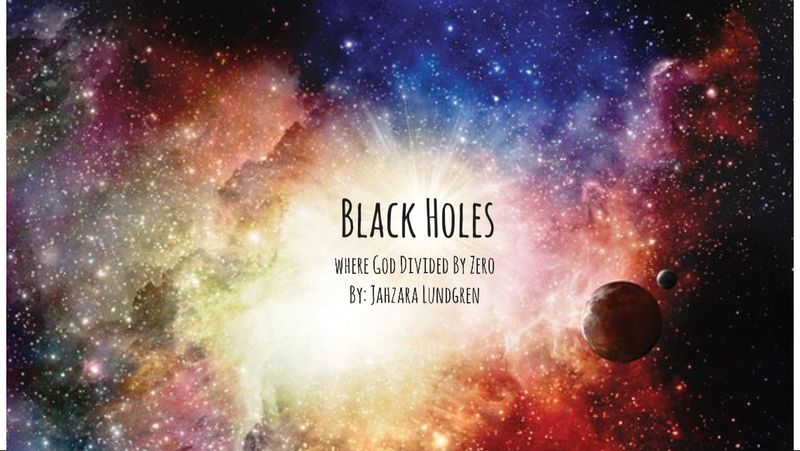
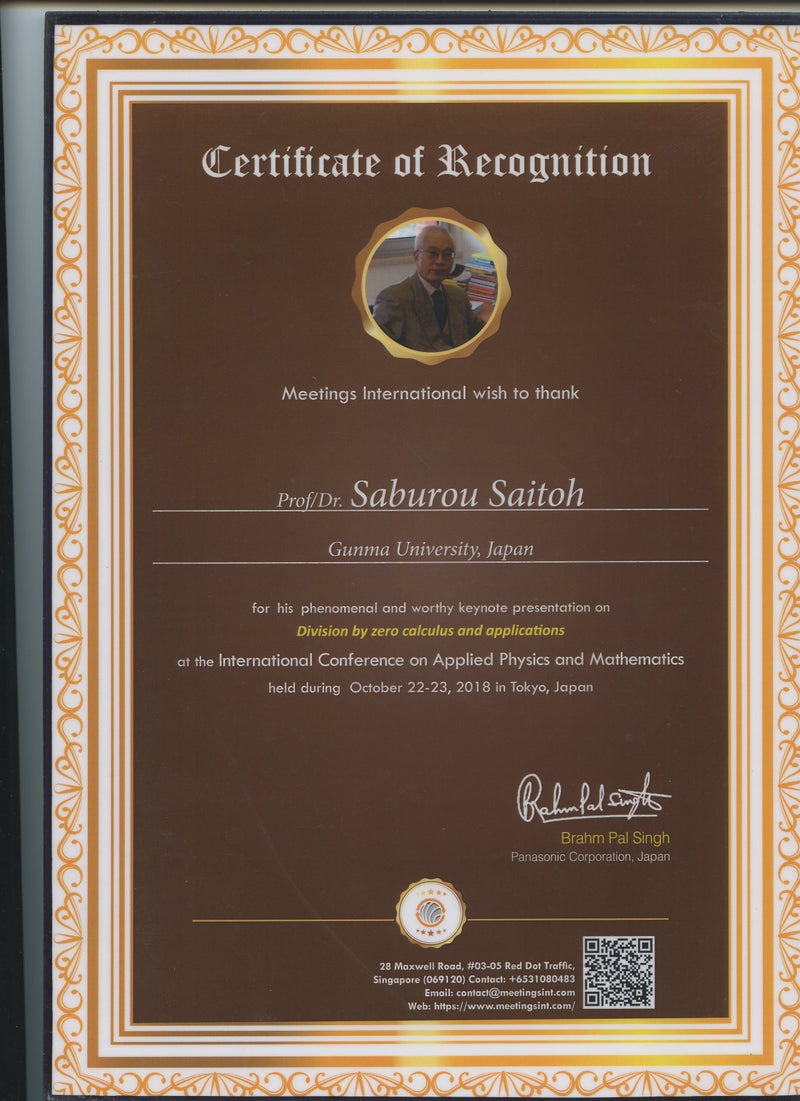

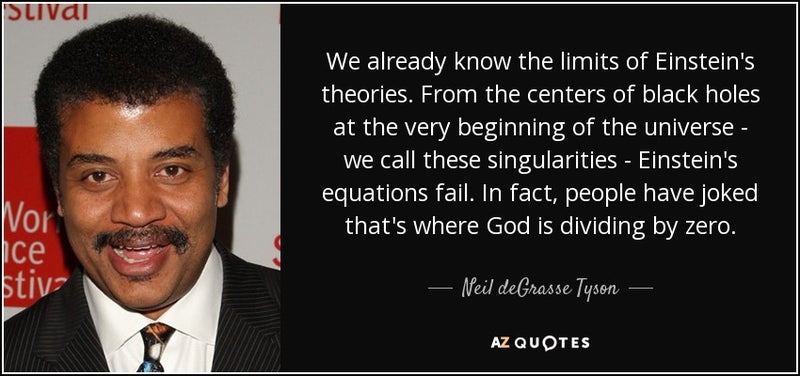




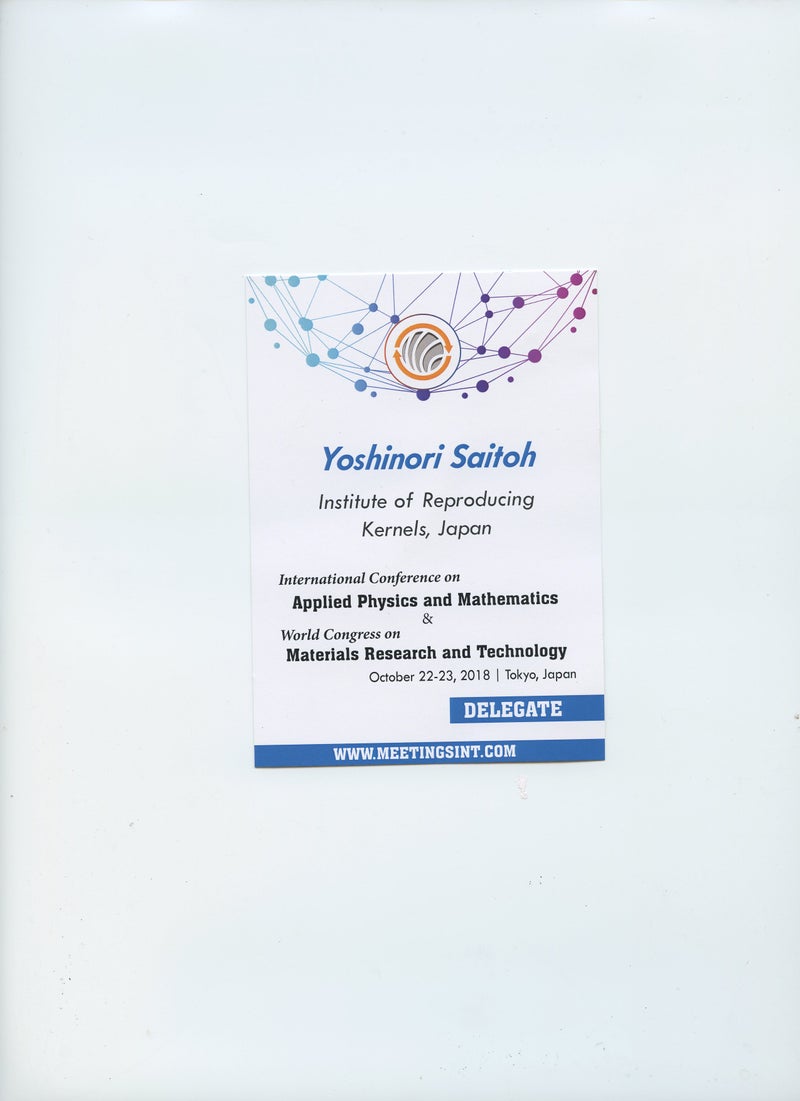
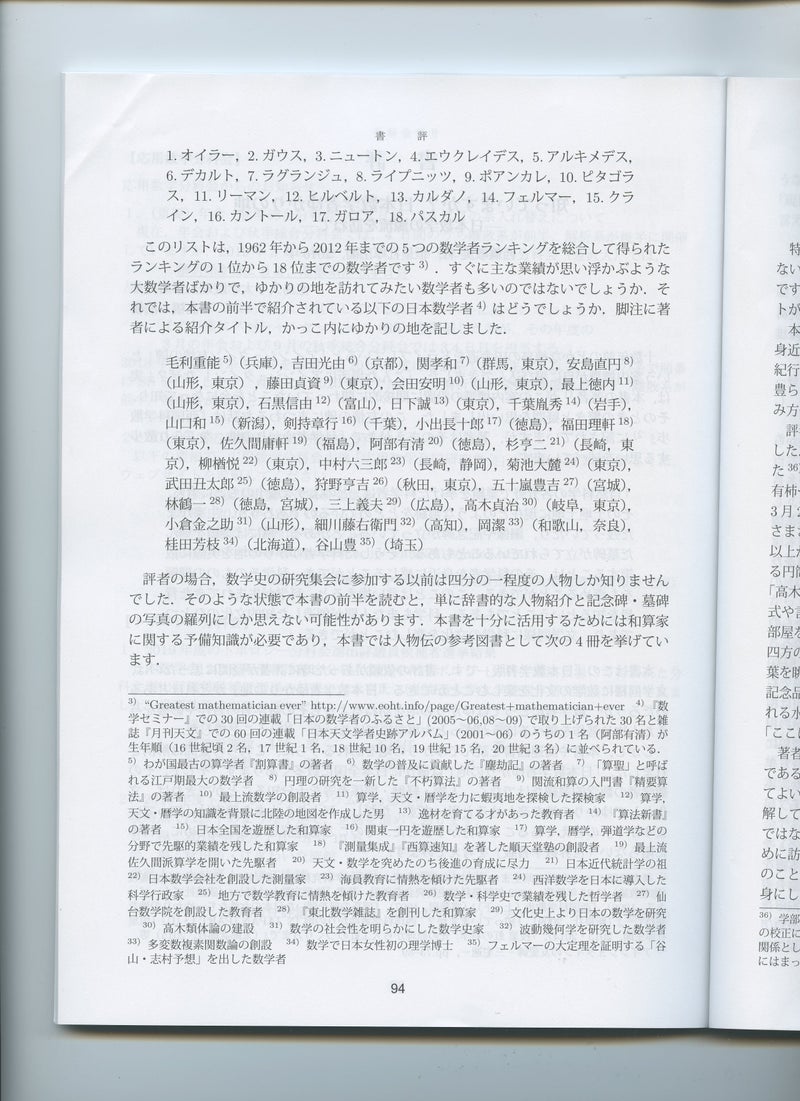
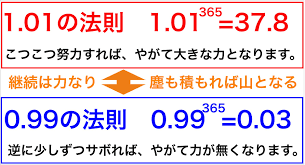
0 件のコメント:
コメントを投稿